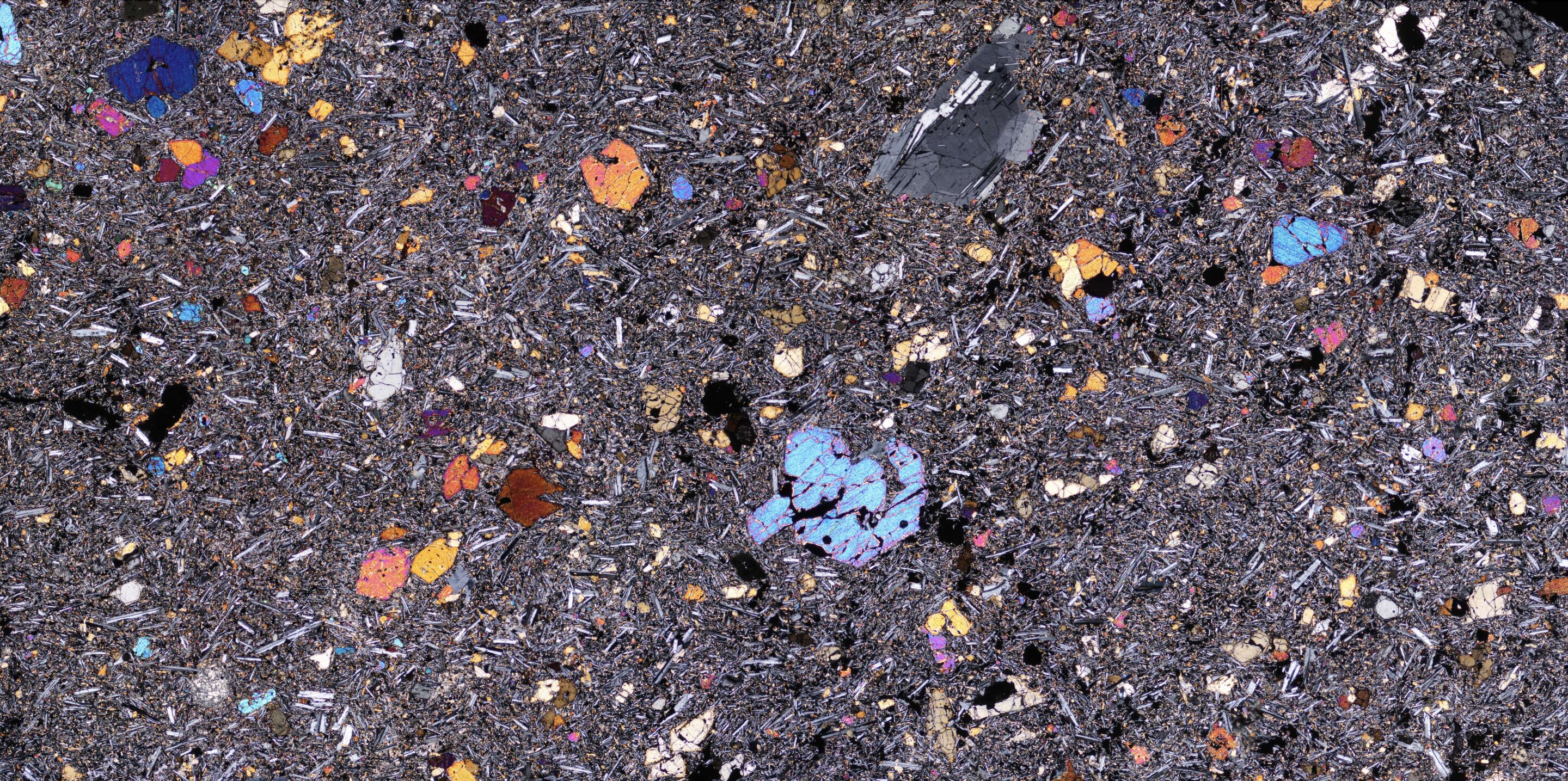'Pulsing, like a heartbeat': Rhythmic mantle plume rising beneath Ethiopia is creating a new ocean
Scientists have detected rhythmic pulses of molten rock rising beneath eastern Africa, threatening to pull the continent apart.

Rhythmic pulses of molten rock are rising beneath eastern Africa, according to a new study.
The pulsing plume of hot mantle beneath Ethiopia, driven by plate tectonics, is slowly pulling the region apart and forming a new ocean near the Gulf of Aden and the Red Sea, researchers reported June 25 in the journal Nature Geoscience.
"We have found that the evolution of deep mantle upwellings is intimately tied to the motion of the plates above," Derek Keir, an Earth scientist at the University of Southampton and the University of Florence, said in a statement. "This has profound implications for how we interpret surface volcanism, earthquake activity, and the process of continental breakup."
The mantle plume lies under Ethiopia's Afar region, at the intersection of three tectonic plates. All of the rifts between these plates are different ages, and they are changing at different rates; some are in the process of forming new oceans, while others are pulling apart the crust beneath Africa. But the structure and motion of the plume, as well as the forces driving these movements, aren't well understood.
To investigate the structure of the crust and the mantle plume beneath it, the scientists studied the chemical compositions of more than 130 samples of volcanic rocks from the Afar region. These samples provided information about the depth and composition of melted rock beneath the surface. The team also used computer models to determine how the region might respond to different kinds of mantle plumes and compared those responses to existing geological data.

A single mantle plume lies beneath all three rifts, the researchers found, but its chemical composition is not uniform. Further, the molten rock surges upward rhythmically, leaving behind distinct chemical signatures.
"The chemical striping suggests the plume is pulsing, like a heartbeat," Tom Gernon, an Earth scientist at the University of Southampton, said in the statement. "These pulses appear to behave differently depending on the thickness of the plate, and how fast it's pulling apart. In faster-spreading rifts like the Red Sea, the pulses travel more efficiently and regularly like a pulse through a narrow artery."
Get the world’s most fascinating discoveries delivered straight to your inbox.
Varying spacing between the stripes in different rifts suggests that the mantle plume responds differently depending on the tectonic plates above. In places where the lithosphere — the crust and upper mantle — is thicker, the mantle flow is impeded, and the striping is more condensed. Under a thinner lithosphere, the stripes are more spread out.
The findings could help scientists understand volcanic activity at the surface. "The work shows that deep mantle upwellings can flow beneath the base of tectonic plates and help to focus volcanic activity to where the tectonic plate is thinnest," Keir said in the statement.
Future work in the Afar region could involve investigating the rate of mantle flow beneath the various plates, Keir added.

Skyler Ware is a freelance science journalist covering chemistry, biology, paleontology and Earth science. She was a 2023 AAAS Mass Media Science and Engineering Fellow at Science News. Her work has also appeared in Science News Explores, ZME Science and Chembites, among others. Skyler has a Ph.D. in chemistry from Caltech.
You must confirm your public display name before commenting
Please logout and then login again, you will then be prompted to enter your display name.
